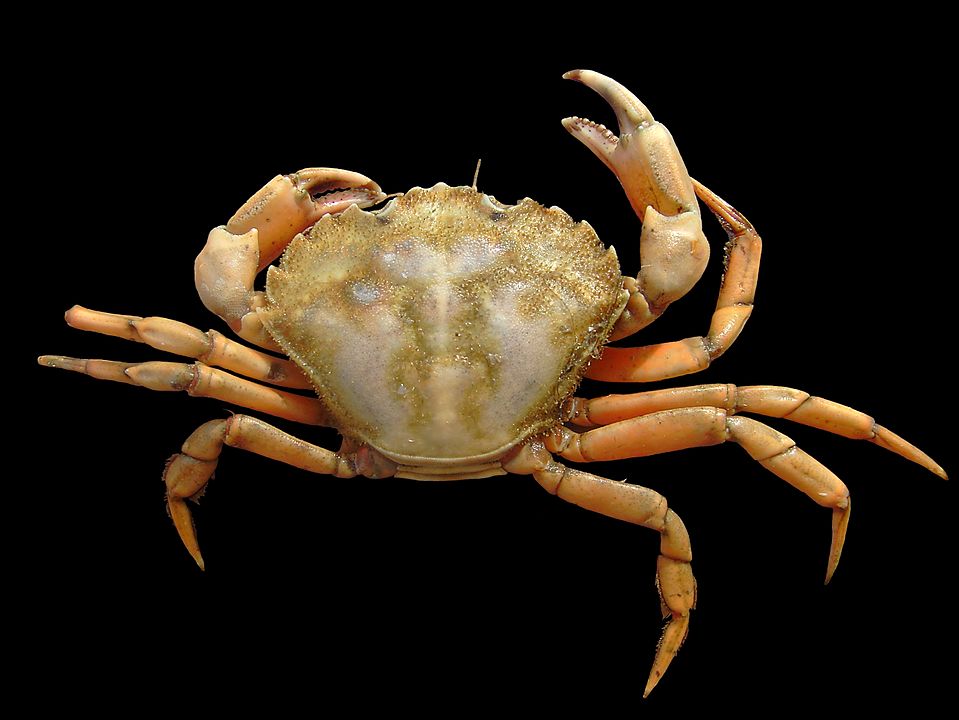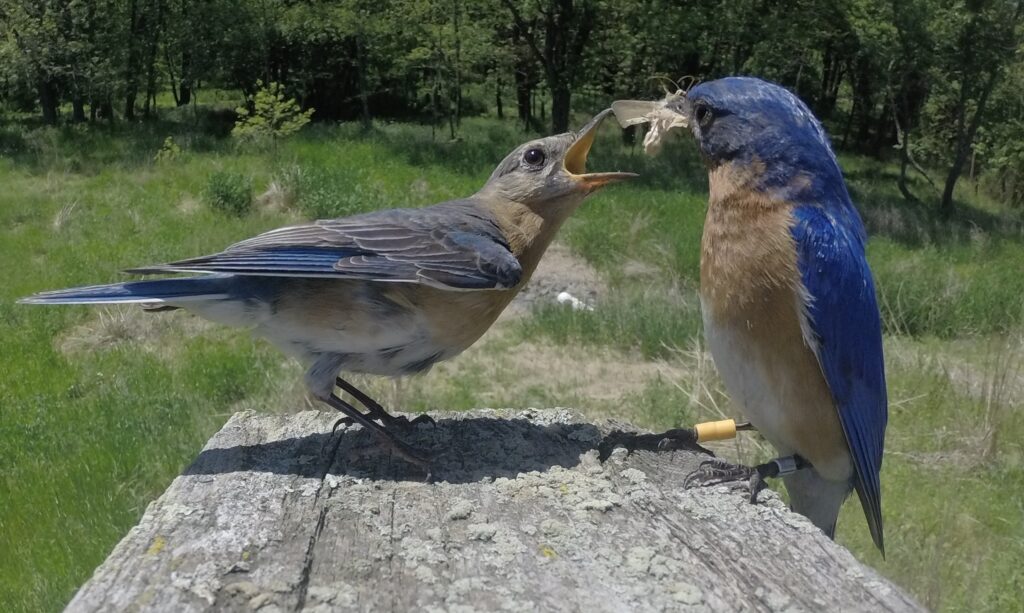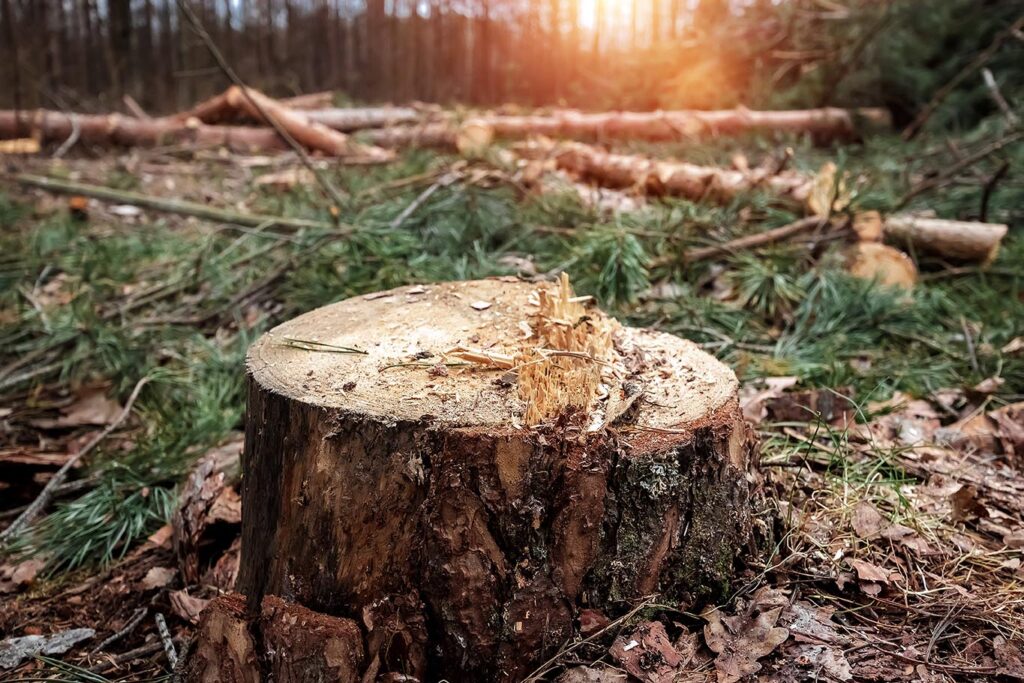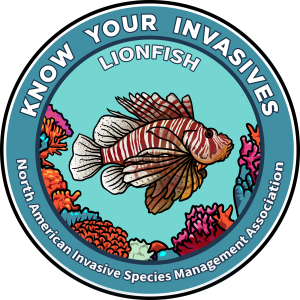The staff and board of the North American Invasive Species Management Association review invasive species headlines each month. This helps us stay on top of trends and further our mission to support, promote, and empower invasive species prevention and management in North America. We then share invasive species news most relevant for people who manage terrestrial and aquatic invasive species across the the United States, Canada, Mexico and the world.
Success Stories: Prevention, Eradication and Restoration
Colorado Parks and Wildlife says Green Mountain Reservoir is free of invasive mussels
Colorado — Read on Summit Daily
Colorado Parks and Wildlife announced Monday, Jan. 25, that it is confident Green Mountain Reservoir is free of invasive mussels.
The reservoir was the only body of water in Colorado suspected of having a population of quagga mussels after testing positive for the presence of quagga mussel larvae in August 2017.
Growing Wild: From Invasive to Native
Missouri — Read on CoMo Magazine
It’s a challenge for the city to take on these invasive plant species, a fight that requires both resources and staff time. “We don’t have the capacity to have a dedicated staff that is only managing our natural systems, so a lot of the time, it falls to our volunteers,” says Danielle.
Prevention, Outreach and Education
Clemson Extension program replaces invasive species growing in Sumter with free native trees
South Carolina — Read on The Item
The Bradford Pear Bounty Program will give homeowners the opportunity to remove Bradford Pears from their residence before Feb. 27 and replace them with native South Carolina trees. Sumter property owners who take part can exchange up to five Bradford Pears for an equal number of free, healthy trees of their choosing. There are up to 19 trees available to choose from.

Help the DFO by spotting the invasive European green crab (Carcinus maenas) in B.C. waters
The crab can be very destructive on eel grass meadows, an important herring and salmon nursery habitat.
New Research
Functional eradication as a framework for invasive species control
Invasive Species in Forests and Rangelands of the United States
United States — Get Open Access Book on SpringerLink
A Comprehensive Science Synthesis for the United States Forest Sector.
Special Collection: Current Research on Spotted Lanternfly
United States — Read on Environmental Entomology
Environmental Entomology, in partnership with other journals from the Entomological Society of America, is pleased to publish a special collection of papers on the spotted lanternfly, Lycorma delicatula.
Detection, Management and Control
Spatially Targeted Drone Carries Biocontrol Weevil to Hard-to-Reach Patches of Mile-a-Minute Weed
Northeastern U.S. — Read on USDA Forest Service
While a biocontrol agent has been identified, finding and reaching dense patches of mile-a-minute weeds has been a problem for land managers. The solution may be drones carrying environmentally friendly pods packed with tiny weevils.
As Tahoe’s invasive species problem worsens, experts turn to herbicides
California — Read on News 4
The Tahoe keys are located on Tahoe’s south shore. They’ve become so thick with invasive species like Eurasian watermilfoil and curly-leaf pondweed it’s hard to even see the water. More than 170 acres of the subdivisions waterways are 90% infested.
Glufosinate-Resistant Palmer Amaranth Confirmed in Arkansas
Arkansas — Read on DTN Progressive Farmer
The Arkansas scientists are testing the three pigweed populations for resistance to other modes of action, as well. For now, the glufosinate-resistant weeds do not seem widespread, Barber said.
Warmer California Winters May Fuel Grapevine-Killing Pierce’s Disease
California — Read on InsideClimate News
Scientists have long known infected grapevines are more likely to recover in colder climates. Now they worry milder winters will worsen the impact of the disease.
Project at Lock and Dam 19 to test tools in fight against Asian carp
Policy and Advocacy

Delaware Passes Invasive Plant Bill; Soon to Join Atlantic Seaboard States with Legislation on Commercial Traffic of Invasive Plants
Delaware — Read on the North American Invasive Species Management Association blog
Conversations
30 Years Later: Mussel invasion legacy reaches far beyond Great Lakes
Great Lakes — Read on Great Lakes Now
While initially a local problem, the arrival of dreissenid mussels had a huge impact on the way the United States thought about aquatic invasive species.
It was the impetus for a 1996 law called the National Invasive Species Act, which established task forces across the country to prevent the spread of aquatic invasive species.

Invasive Insects and Diseases Are Killing Our Forests
United States — Read on New York Times
America wasn’t ready for the pandemic. And it isn’t ready for the next contagion to strike our woodlands.
Monolingual searches can limit and bias results in global literature reviews
Global — Read on Nature Ecology & Evolution
Biased reviews are a critical problem that can lead to faulty conclusions, with far-reaching impacts on research, policies and practices. We all need to work together to make ‘global’ reviews as inclusive of different information sources as possible.
The importance of invasive species data to conservation districts
Western U.S. — Listen on the Out West podcast
This episode is the first in a series for the WGA Invasive Species Data Mobilization Campaign, which encourages land managers, landowners, conservation groups, and NGOs to standardize and share invasive species data in the West.


